WHEN TO SEE A PERIODONTIST

Your Guide to Gum Health
Maintaining good oral hygiene habits is the best way to prevent gum disease and oral problems. Unfortunately, brushing, flossing, and seeing your dentist are not always enough. You may need a specialist to help you with more advanced gum issues. That specialist is called a periodontist.
A periodontist is a dentist with extra training and experience in treating gum disease and placing dental implants. A periodontist like Dr. Megan A. Ratliff can help you prevent, diagnose, and treat conditions that affect your gums and the supporting structures of your teeth.
Know Your Numbers
A good dentist will recommend a periodontist if you need one. Early diagnosis is crucial to keeping your teeth. During your dental exam, your dentist will probe the gum pockets of your teeth.
You will hear your dentist say and record numbers as they probe your gums. Those numbers represent the depth in millimeters of the pocket surrounding your tooth.
Know your numbers! If your dentist does not say them out loud, ask them what they are. Here is what the numbers mean:
1-3mm
Congratulations!
You have healthy gums that are well-attached to your teeth. Keep up the excellent work!
4mm
Caution!
This could be the early stage of gum disease. Follow your dentist's advice and improve your oral hygiene habits.
5mm+
Alert!
You need to see a Periodontist. Your gums are in trouble! This is a serious stage of gum disease. It can lead to tooth loss. It can also lead to other oral and systemic health risks.
Don’t Ignore Your Gums
Your gums are not just there to hold your teeth in place; they are vital to your overall health. Gum disease can increase your risk of heart disease, diabetes, stroke, and other chronic conditions. Learn More about periodontal disease.
When To See A Periodontist
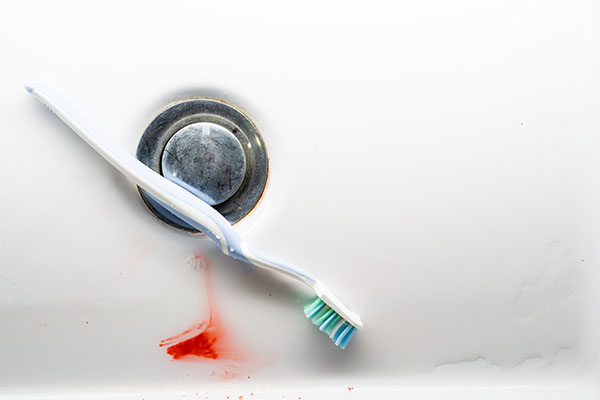
Bleeding gums while brushing or flossing
This could indicate early-stage gingivitis up to advanced periodontitis.
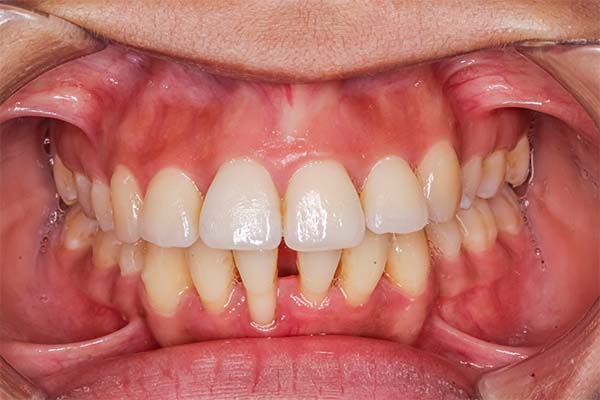
Receding gums or gaps between your teeth
This could mean that you are losing bone and tissue due to gum disease.

Pain or sensitivity when chewing or biting
This could be caused by infection or inflammation in your gums or roots.

Bad breath or taste that won’t go away
This could be caused by bacteria and plaque buildup under your gum. It can also be a sign of tooth decay.

Loose or shifting teeth
This could indicate that your teeth are losing their support from the surrounding bone and gum tissues due to gum disease.
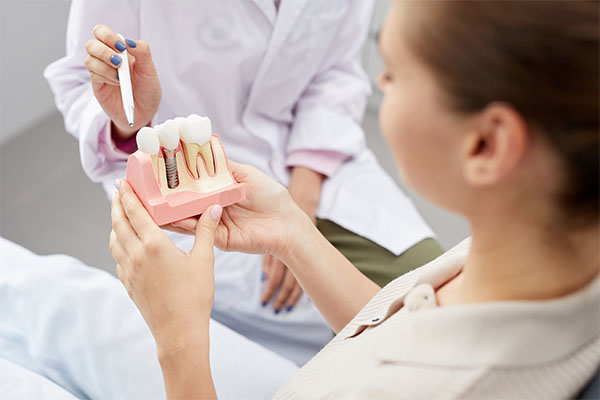
Getting an implant
Periodontists understand bone and soft tissue, making them the best choice for implant placement.

Orthodontics as an adult
If your gums are not healthy, you risk significant bone loss as your teeth begin to move.

Diabetes
Managing your blood sugar can be challenging, but a periodontal program can help you control your diabetes while potentially reducing your medication.

Heart disease
Systemic conditions increase your risk of developing gum disease and can lead to further complications.
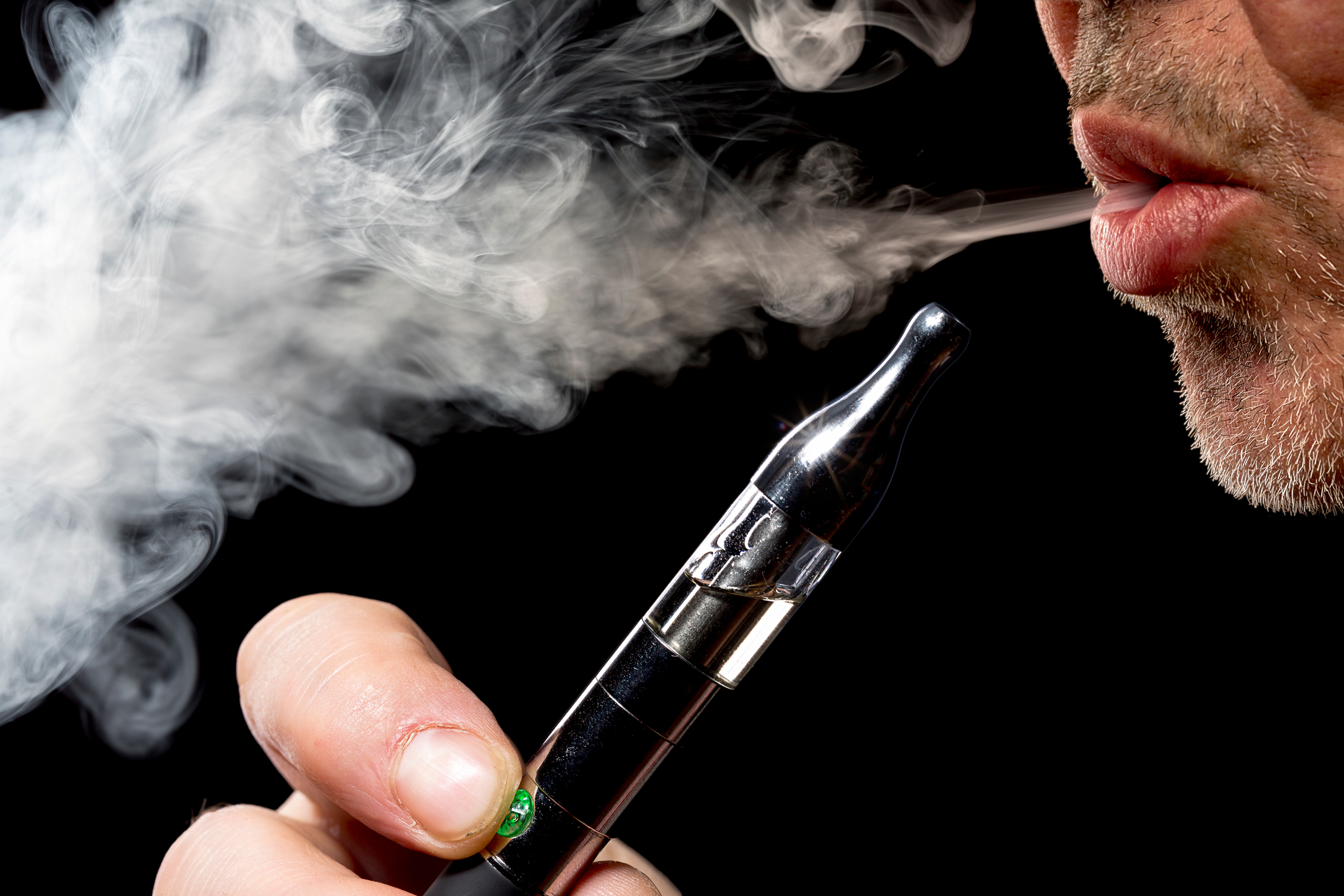
Smoking or vaping
Both habits can increase your risk of developing gum disease. In addition, smokers experience twice the bone loss of nonsmokers.

Pregnant or planning to become pregnant
Hormonal changes and hormone therapy can affect your gums and make them more prone to inflammation and infection.

Osteoporosis, or other systemic conditions
Systemic conditions increase your risk of developing gum disease and can lead to further complications.
@ Copyright 2024 Pure Perio | All rights reserved
Contact Us
Pure Perio | 1775 Glenview Rd ste 212
Glenview Il 60025 | (847)724-6343
frontdesk@pure-perio.com
Periodontal Therapies & Services
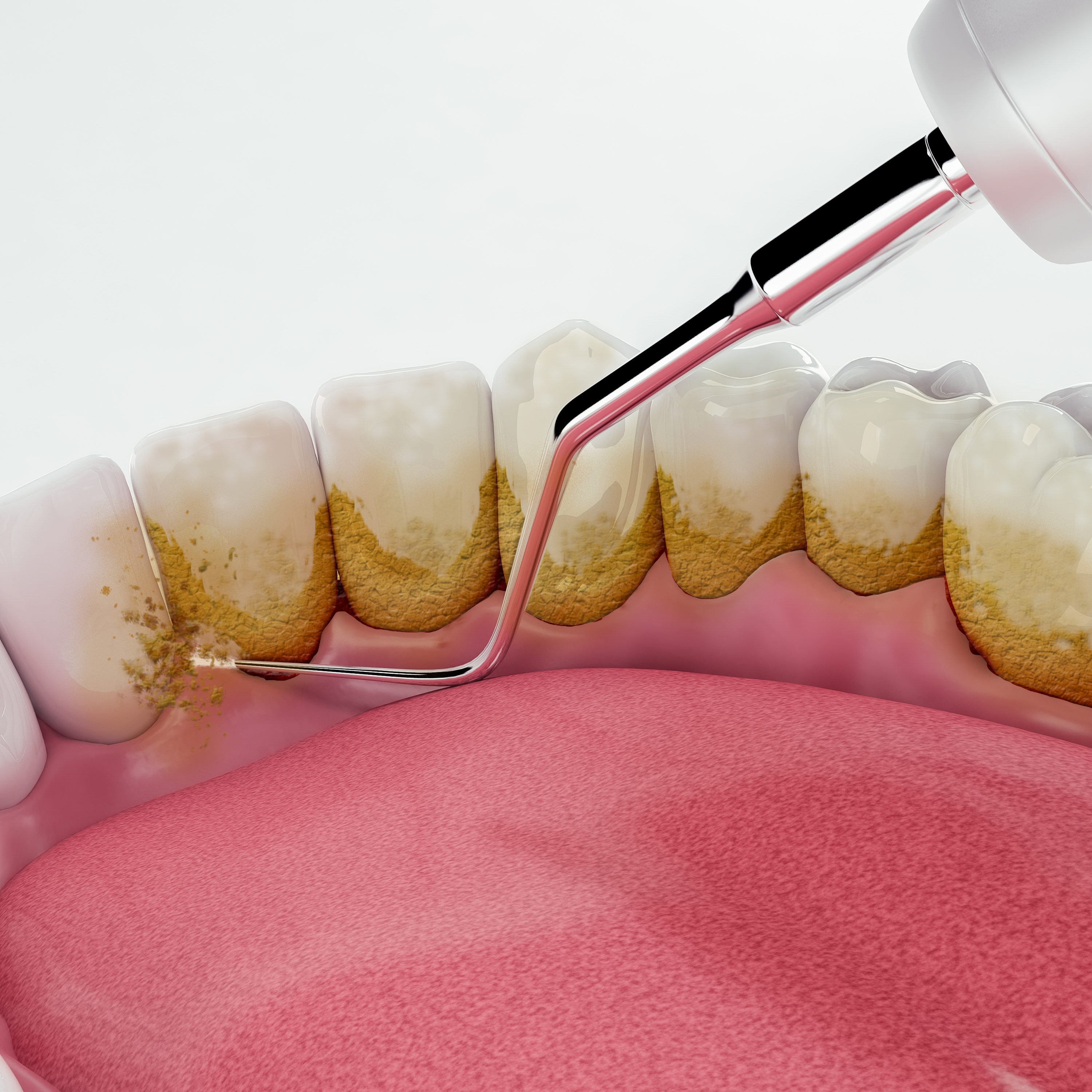
Periodontal Therapy
While there is no cure for periodontal disease, it can be treated surgically and maintained non surgically. Some treatments include scaling and root planing, osseous surgery, and perio-maintenance. Learn more more about our periodontal treatment options.

Implant Services
Dental implants replace missing teeth. Implants offer improved appearance, long-lasting teeth, and enhanced comfort over other options. Learn more to see if implants are right for you.
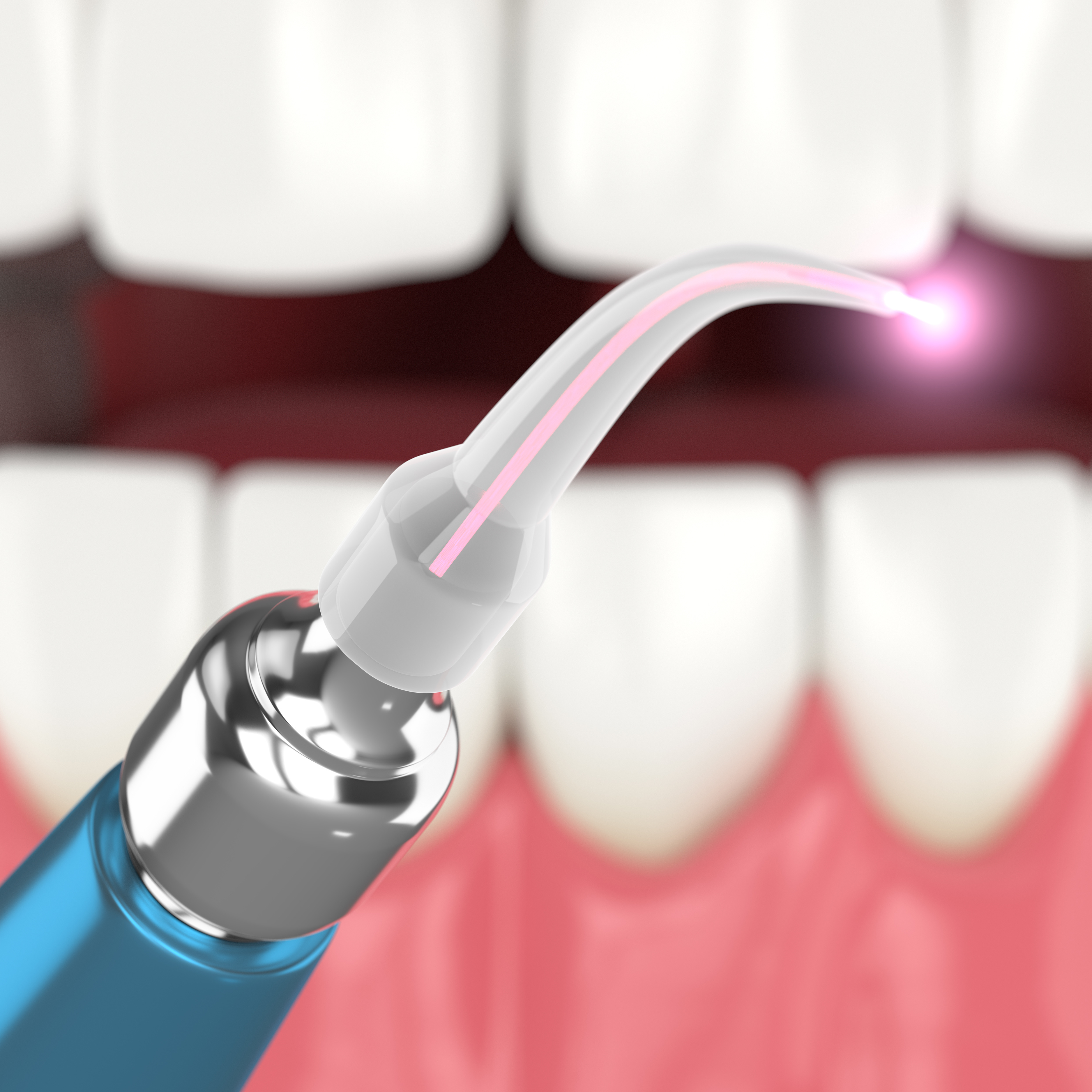
Laser Therapy
Laser therapy provides a no cut no sew alternative to traditional gum surgeries. Lasers can also aid in tissue regeneration. Learn more about laser therapy and the LANAP and LAPIP procedures.

Recession Therapy
Gum recession exposes the roots of teeth and can lead to sensitivity and decay. It also affects the aesthetics of your smile. Gum grafting is a procedure that helps cover exposed roots and regenerate lost gum tissue. Learn more about the surgical techniques used to treat recession.
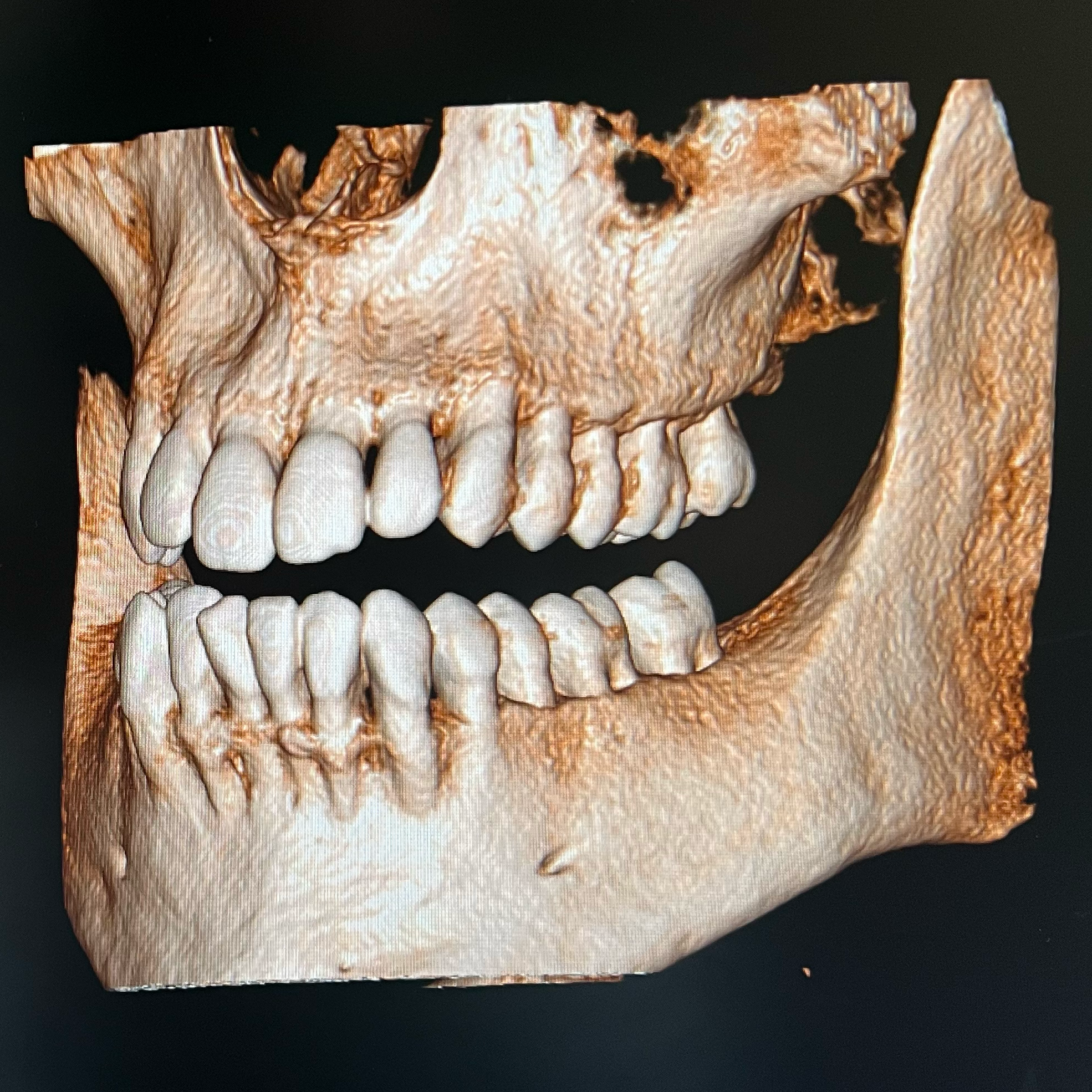
Specialty Services
As a full service periodontal practice, Pure Perio utilizes the latest dental technologies, imaging, and surgical techniques allowing for the best patient care and customized treatments including hard tissue preservation, aesthetics, and regenerative services. Learn more about the specialty services offered.

Post Operative Care
Proper post-operative care is crucial for healing and recovery after oral surgery. Be sure to follow all instructions, and attend post operative appointments. With proper after care procedures, we can ensure smooth and comfortable healing. Learn more about procedure specific instructions.
welcome to the practice
New Patients
Summer ’18
Collection





ENGAGEMENT
How It Works

Chat With An Expert
Lorem ipsum dolor sit amet, consectetur adipiscing elit, sed do eiusmod

Diamond Selection
Lorem ipsum dolor sit amet, consectetur adipiscing elit, sed do eiusmod

Design Your Ring
Lorem ipsum dolor sit amet, consectetur adipiscing elit, sed do eiusmod

NEW
Our Latest Jewelry
20% OFF Entire Wedding Collection
Vivamus suscipit tortor eget felis porttitor volutpat. Praesent sapien massa, convallis a pellentesque nec, egestas non nisi. Curabitur aliquet quam id dui posuere blandit.
Patient Referrals
Let's collaborate for comprehensive patient care. Refer periodontal patients to Pure Perio for advanced diagnostics, precision treatment planning, and the latest regenerative therapies. Our periodontal specialists will seamlessly coordinate to restore optimal gum health and esthetic outcomes.






